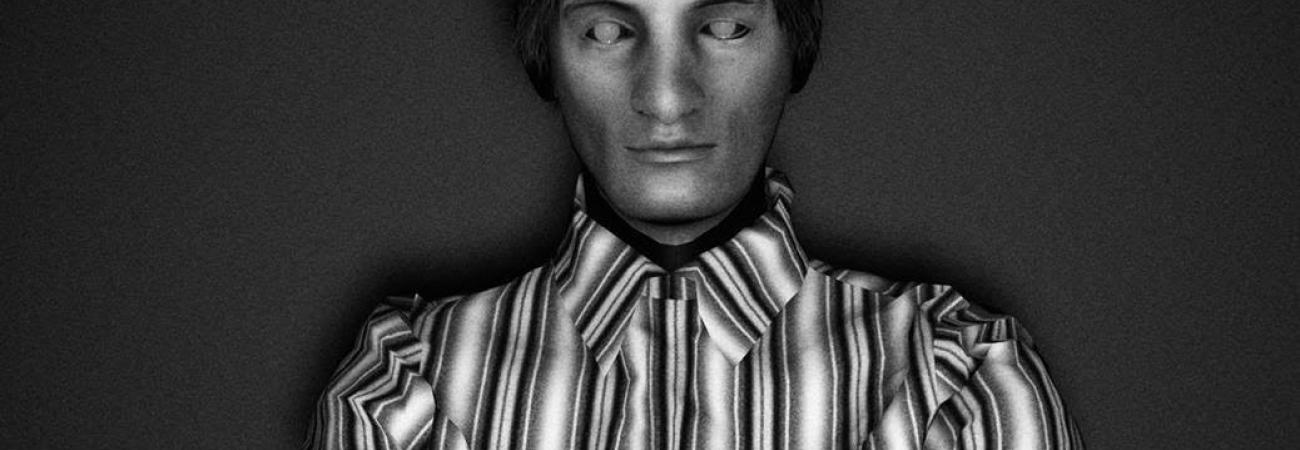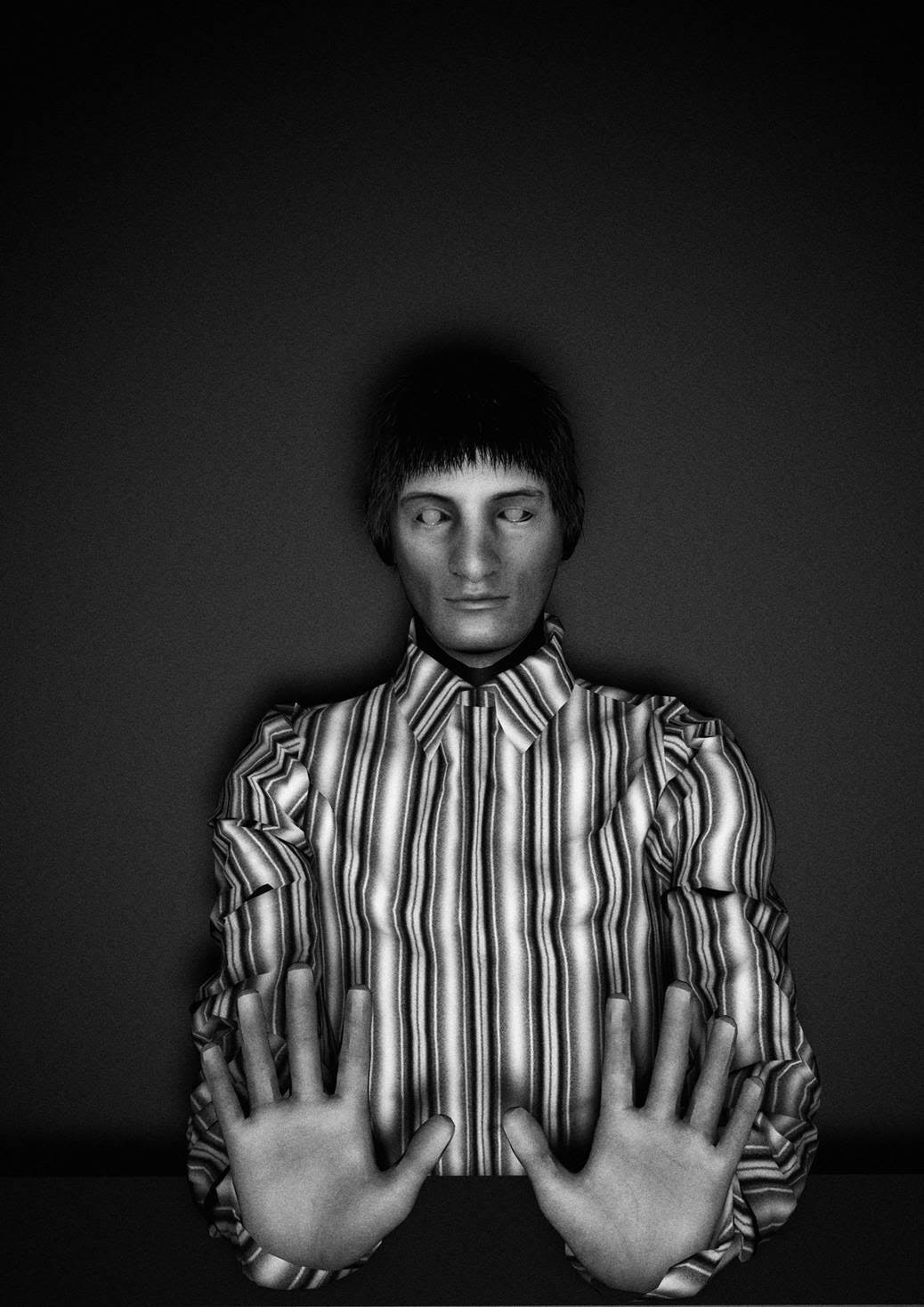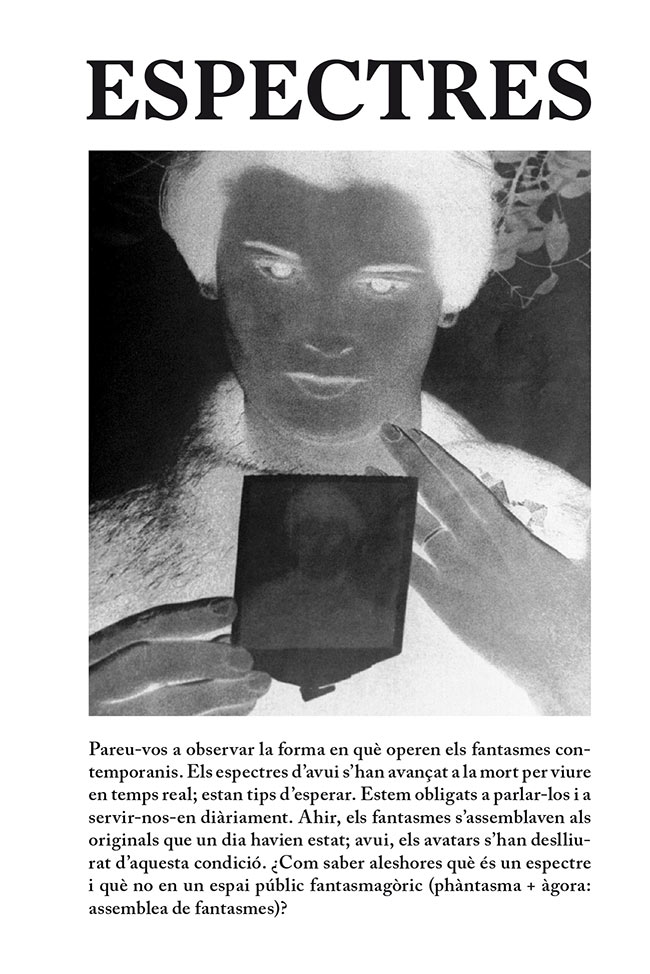
Spectres
They told us that ghosts come after the living when they die. It had always been like that. The spectre appears when there is no longer life, becoming a double without a body. This is the natural order, the law of life and death, the law of things that are and of those that are not.
Yet nowadays ghosts are no longer posthumous because they no longer live in the future: they are here, among us, indistinguishable, asking for an ever-greater slot among the ghosts we were already used to, the classic ghosts of the past which mount up as things vanish. “We are the sad opaque forms of our future ghosts,” wrote Mallarmé.
They are spectres of the present, of beings and things that are not yet dead. Ghosts have got ahead of death to live in real time: they are the epiphany of the new and they have grown tired of waiting. Whether we like it or not, we have to speak to them every day and we use them profusely. But there is one thing to consider: ghosts used to be driven by mimesis and looked like the original. Today they behave without it, without ceasing to perform, like avatars. So how do we know a ghost is really a ghost? Which area of authentication should we recognise and apply? A truth without authentication? Which public and common space? Phantasmagoria (phantasm and agora: assembly of ghosts). Which assembly and which agora?
Montse Casacuberta, Raül Maldonado, Claudio Marzà, Jorge Luis Marzo (coordinator), Blanca Pia, David Ricart and Marina Salazar, with special collaborator Carla Sevillano.





